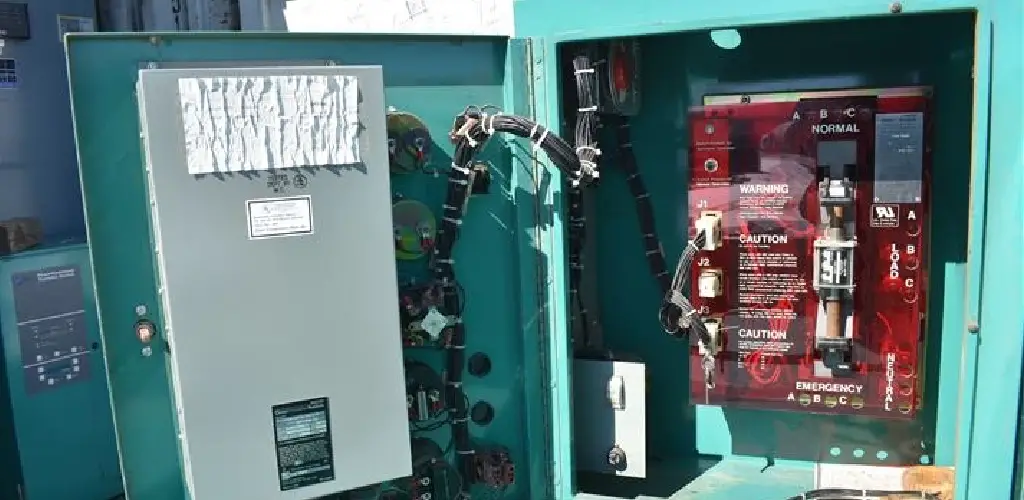When the power goes out, you want to make sure you have a way to keep your appliances running. By wiring two transfer switches to one generator, you can ensure that your essential appliances stay on when the power is out. This article will walk you through how to wire two transfer switches to one generator. Read on for more.
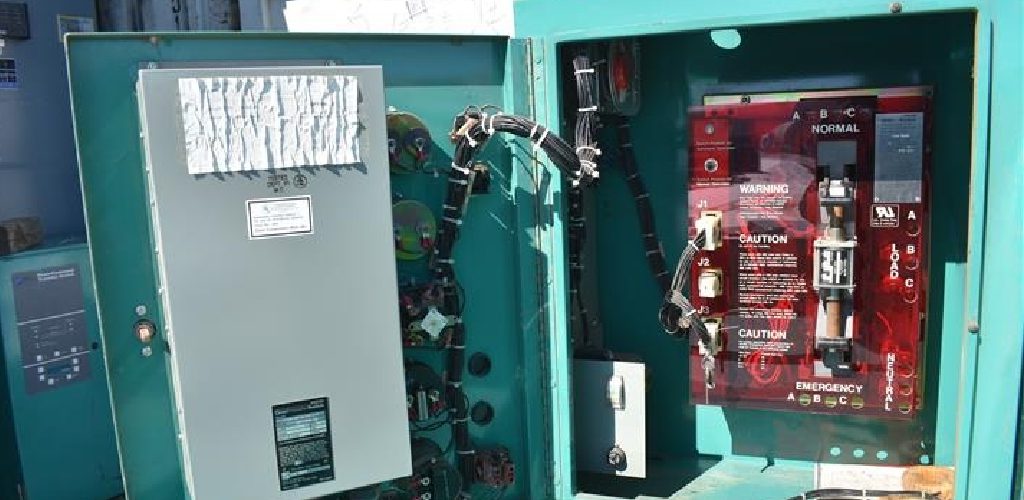
Many people choose to wire two transfer switches to one generator to create a backup power supply. This way, if the power goes out, you will still be able to run your essential appliances. However, it is important to note that this setup will not allow you to run every appliance in your home; it will only provide power to the appliances connected to the transfer switches.
What is a Transfer Switch?
A transfer switch is an important part of a home standby generator system. It is a device that allows you to connect your generator to your home’s electrical system safe. There are two types of transfer switches: manual and automatic.
Manual Transfer Switches
A manual transfer switch is a switch that you have to physically move from one position to another to activate the generator. This type of transfer switch is usually used in homes with smaller generators (5,000 watts or less).
Automatic Transfer Switches
An automatic transfer switch is a switch that automatically activates the generator when there is a power outage. This type of transfer switch is usually used in homes with larger generators (10,000 watts or more).
What is a Dual Transfer Switch?
A dual transfer switch is a device that is used to transfer the load connections between two power sources in an electrical system. It is used to ensure continuous power supply to critical loads such as data centers, hospitals, and industrial plants.
The switch operates by automatically transferring the load from the primary power source to the secondary source if the primary source fails. It is designed with two input power sources and a single output connection. The two input sources can be from the utility power grid or alternative power sources such as backup generators.
The dual transfer switch provides a fast and reliable transfer of power to ensure that the connected loads receive an uninterrupted power supply. Its use ensures that the connected loads remain online even during power outages, making it an essential component in critical power applications.
Why Should You Wire Two Transfer Switch to One Generator?
When you have a backup generator, it’s essential to ensure that you have an excellent way to switch between the generator and the utility grid. This is especially important if you have a large home with many appliances. For example, you don’t want to start up the generator every time you want to run the dishwasher or laundry.
One way to make switching between the two power sources easier is to wire two transfer switches to one generator. This will allow you to switch between the grid and the generator easily. Here are a few reasons why you might want to do this:
- You can keep using your appliances during a power outage.
- You don’t have to worry about starting up the generator every time you want to run something.
- You can save money on your energy bill by using the generator.
If you have a large home, it’s a good idea to wire two transfer switches to one generator. This will allow you to run more appliances at the same time. It will also give you a backup if one of the transfer switches fails.

Tools and Materials:
- Two transfer switches
- One generator
- Electrical cable
- Screws
- Wrenches
- Pliers
A Stepwise Guide on How to Wire Two Transfer Switches to One Generator
Step 1: Plan the installation
The first step in wiring two transfer switches to one generator is to plan the installation. This will involve measuring the distance between the two transfer switches and determining where the generator will be located. Once you have these measurements, you can sketch out a diagram of the proposed installation.
Step 2: Disconnect Power from the House Breaker Panel
Now that your generator is in place, it’s time to start wiring. The first step is to disconnect power from the house breaker panel. This can be done by shutting off the main breaker. Once the power is off, remove the cover from the breaker panel and locate the wires leading to the main switch. Disconnect these wires and set them aside.
Step 3: Connect Wires from Generator to Transfer Switches
Now it’s time to connect the wires from the generator to the transfer switches. First, locate the black wire on the generator and plug it into the black wire slot on the transfer switch. Next, do the same for the white wire. Next, locate the ground wire on the generator and plug it into the ground wire slot on the transfer switch. Finally, plug the generator into an outlet and turn it on. The transfer switch will now start transferring power to the loads.
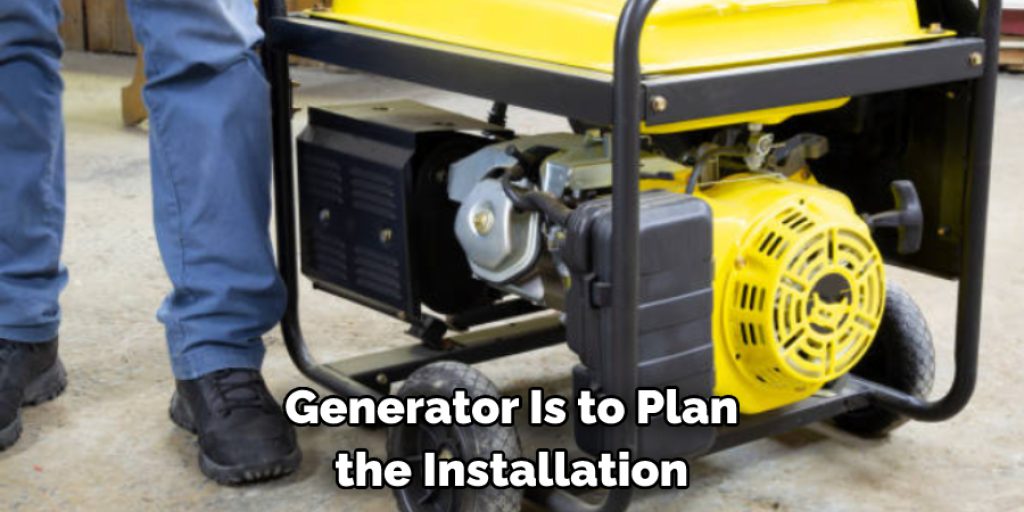
Step 4: Connect Wires from House Breaker Panel to Transfer Switches
Now that the transfer switches are in place, it’s time to wire them up to the house breaker panel. This is a simple process, but it’s essential to be careful and follow the instructions closely.
First, remove the cover from the breaker panel and locate the two wires coming from the generator. These will be attached to two terminals on the back of the transfer switch. The black wire goes to the “line” terminal, while the white wire goes to the “neutral” terminal.
Next, find two empty spots on the breaker panel where you can attach these two wires. There should be a label above each spot indicating what kind of breaker it is (e.g., “CIRCUIT BREAKER”). Next, attach the black wire to the ” LINE ” breaker and the white wire labeled “NEUTRAL.”
Step 5: Wire the Transfer Switches
Now it is time to wire the transfer switches. For each switch, remove the green wire from the generator and twist it around one of the screws on the switch. Do not tighten these screws yet.
Next, remove the black wire from the generator and twist it around one of the other screws on the switch. Again, do not tighten these screws yet.
Once both wires are in place, go back and tighten all the screws.
Step 6: Test Your Setup
It is now time to test your setup. First, turn on the generator and ensure that both transfer switches flip correctly. If everything is working correctly, you should see both lights turning on and off as the generator switches on and off.
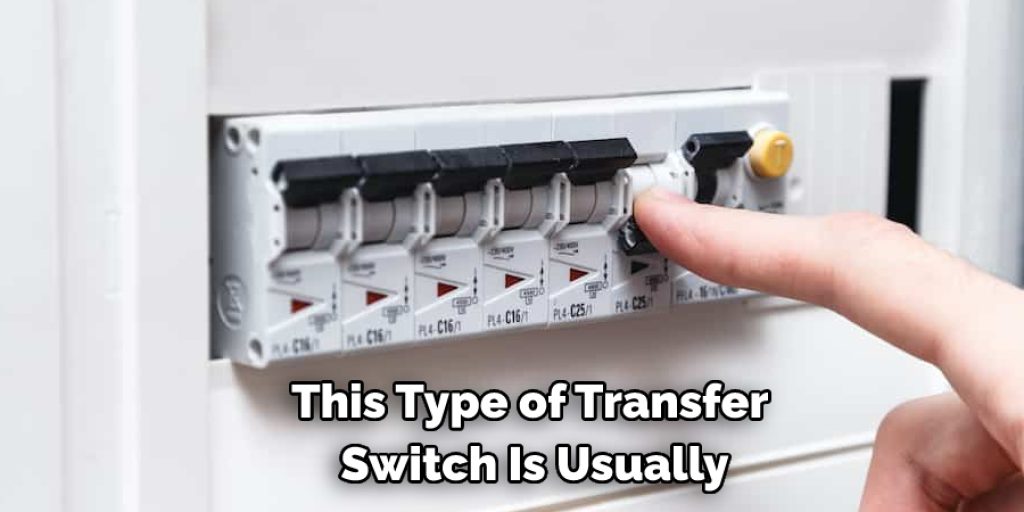
If you notice any problems, go back and check the wiring to ensure everything is correct.
Once you are sure that everything is working correctly, you can cover up the hole in the floor where the generator was installed.
Now you know how to wire two transfer switches to one generator! This can be a great way to ensure that you always have power in an emergency. Test your setup regularly to ensure it is still working correctly.
What Are the Two Rules That Apply to All Transfer Switches?
The two rules that apply to all transfer switches are:
- Never connect the generator output directly to the utility grid, as this can be extremely hazardous for the utility workers trying to fix the power lines. The transfer switch must isolate the generator from the utility grid before it can be safely used.
- The transfer switch must switch the power source, whether the generator or the utility power, quickly and smoothly to prevent any damage to the connected appliances or devices. This means that a transfer switch must operate without interruption, even during a power outage, to provide a reliable and seamless power source for the connected devices.
Precautions
1. First and foremost, consult your generator’s owner’s manual to ensure that this is an allowable modification. Some generators may have specific wiring requirements which must be followed to maintain warranty protection.
2. Always use caution when working with electrical wiring and circuitry. Be especially mindful of live wires and potential shock hazards.
3. If you are not comfortable performing this modification yourself, please consult a qualified electrician.
Now that we’ve got the necessary safety precautions let’s get started on the wiring!
Can a Transfer Switch Backfeed a Generator?
A transfer switch is a critical piece of equipment when using a backup generator. It allows you to safely power your home or office during a power outage by automatically switching the load from the utility company to the generator.
Most transfer switches have a maximum capacity of either 10 or 20 amps. If you try to connect a generator with a higher amperage rating than the switch, you run the risk of overloading the switch and causing it to fail. This can create a dangerous situation where the generator is powering the building while the main utility service is still connected.
To safely power a building with a high-amperage generator, you need to use two transfer switches for each leg of the electrical service. This will ensure that the load is distributed evenly between the two switches and doesn’t overload.
It is also essential to ensure that the generator is properly sized for the building’s needs. A generator that is too small will not be able to handle the load, while a generator that is too large may overload the transfer switches.
You can check it out to Label Light Switches
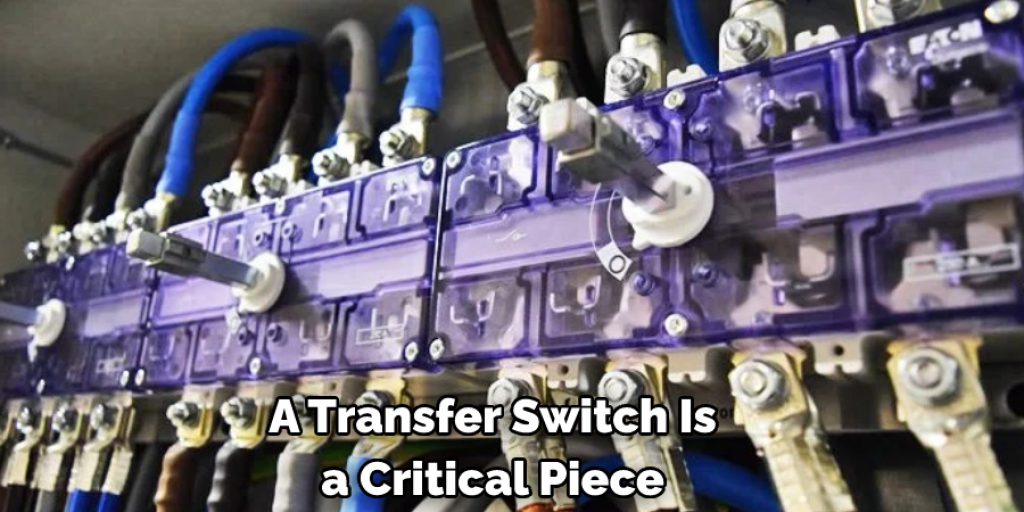
When using two transfer switches with a high-amperage generator, following the manufacturer’s instructions is essential. If you are not familiar with electrical wiring, it is best to have a qualified electrician install the switch for you.
What Is the Difference Between a Static Switch and an Automatic Transfer Switch?
The main difference between a static switch and an automatic transfer switch is that an automatic transfer switch will automatically detect when the power goes out and will automatically start the generator.
On the other hand, a static switch does not have this capability and must be manually turned on for the generator to run. If you are looking for a way to have backup power that is as simple as possible to use, then a static switch is the right choice for you.
However, if you want something more automated, an automatic transfer switch is the better option.
Conclusion
We have shown that it is possible to wire two transfer switches to one generator. By following the steps in this article on how to wire two transfer switches to one generator, you too can be confident in your ability to safely and correctly connect multiple transfer switches to a single generator. If you have any questions or comments, please feel free to share them below. We would love to hear from you!
You can check it out to Drain a Bunn Coffee Maker

